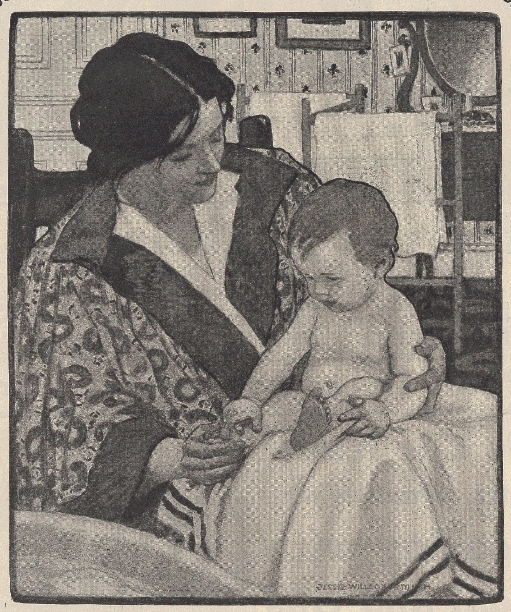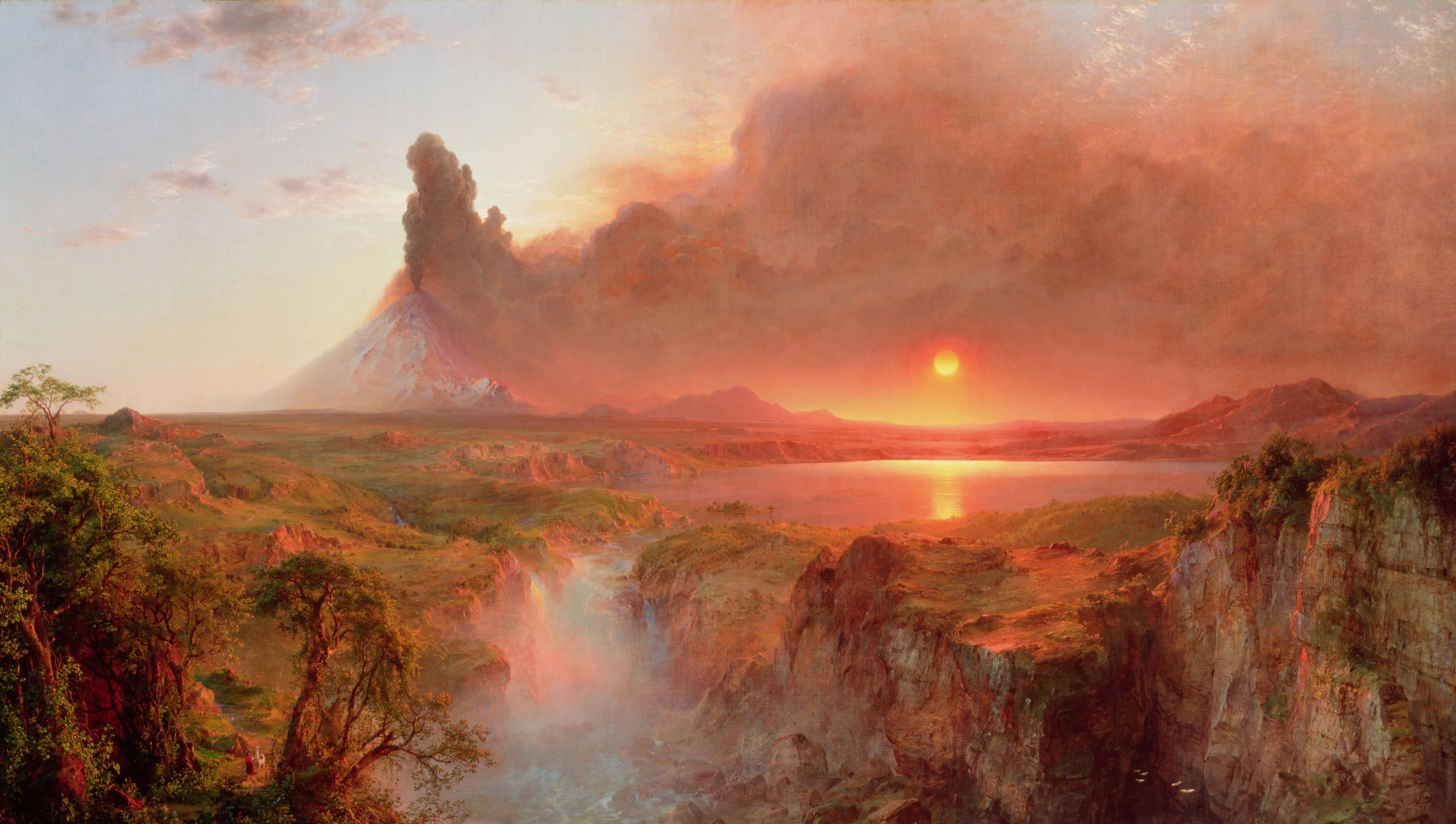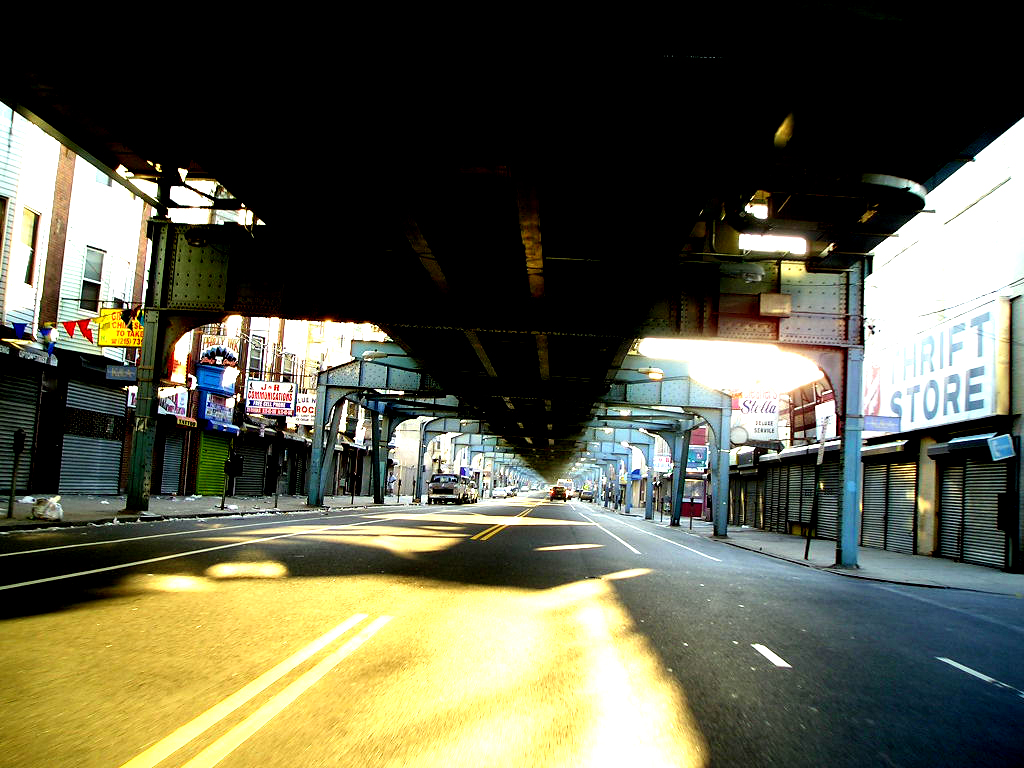|
Woodmere Art Museum
Woodmere Art Museum, located in the Chestnut Hill section of Philadelphia, Pennsylvania, has a collection of paintings, prints, sculpture and photographs focusing on artists from the Delaware Valley and includes works by Thomas Pollock Anshutz, Severo Antonelli, Jasper Francis Cropsey (''The Spirit of Peace''), Daniel Garber, Edward Moran, Violet Oakley, Herbert Pullinger, Edward Willis Redfield, Nelson Shanks, Jessie Willcox Smith, Benjamin West (''The Fatal Wounding of Sir Philip Sidney''), Philip Jamison, Barbara Bullock and N. C. Wyeth (''Anthony and Mr. Bonnyfeather''). The collection includes the Violet Oakley lunette paintings of ''The Child and Tradition'', ''Youth and the Arts'', and ''Man and Science''. Classes Woodmere provides art classes for adults and children and conducts a variety of special events and exhibitions including gallery talks, field trips, lectures, concerts and an annual juried exhibition. History The museum was opened in 1940, founded by Charles K ... [...More Info...] [...Related Items...] OR: [Wikipedia] [Google] [Baidu] |
Chestnut Hill, Philadelphia, Pennsylvania
Chestnut Hill is a neighborhood in the Northwest Philadelphia section of Philadelphia, Pennsylvania. It is known for the high incomes of its residents and high real estate values, as well as its private schools. Geography Boundaries Chestnut Hill is bounded as follows: * on the northwest by Northwestern Avenue (a county line and city limit, beyond which lies a panhandle of Springfield Township, Montgomery County that juts into Whitemarsh Township); * on the west by the Wissahickon Gorge (part of Fairmount Park) (beyond which lie Upper Roxborough and Andorra); * on the northeast by Stenton Avenue (a county line and city limit, beyond which lie Erdenheim and Wyndmoor, both in Springfield Township); and * on the southeast by the Cresheim Valley (part of Fairmount Park) (beyond which lies Mount Airy). ZIP code The USPS does not officially correlate neighborhood names to Philadelphia ZIP codes (all are called simply "Philadelphia" or "Phila"). However, the 19118 ZIP code is ... [...More Info...] [...Related Items...] OR: [Wikipedia] [Google] [Baidu] |
Jessie Willcox Smith
Jessie Willcox Smith (September 6, 1863 – May 3, 1935) was an American illustrator during the Golden Age of American illustration. She was considered "one of the greatest pure illustrators". A contributor to books and magazines during the late 19th and early 20th centuries, Smith illustrated stories and articles for clients such as '' Century'', '' Collier's'', ''Leslie's Weekly'', '' Harper's'', ''McClure's'', ''Scribners'', and the '' Ladies' Home Journal''. She had an ongoing relationship with ''Good Housekeeping'', which included a long-running Mother Goose series of illustrations and also the creation of all of the ''Good Housekeeping'' covers from December 1917 to 1933. Among the more than 60 books that Smith illustrated were Louisa May Alcott's '' Little Women'' and ''An Old-Fashioned Girl'', Henry Wadsworth Longfellow's ''Evangeline'', and Robert Louis Stevenson's ''A Child's Garden of Verses''. Early life Jessie Willcox Smith was born on September 6, 1863, in the Mo ... [...More Info...] [...Related Items...] OR: [Wikipedia] [Google] [Baidu] |
Art Museums Established In 1940
Art is a diverse range of human activity, and resulting product, that involves creative or imaginative talent expressive of technical proficiency, beauty, emotional power, or conceptual ideas. There is no generally agreed definition of what constitutes art, and its interpretation has varied greatly throughout history and across cultures. In the Western tradition, the three classical branches of visual art are painting, sculpture, and architecture. Theatre, dance, and other performing arts, as well as literature, music, film and other media such as interactive media, are included in a broader definition of the arts. Until the 17th century, ''art'' referred to any skill or mastery and was not differentiated from crafts or sciences. In modern usage after the 17th century, where aesthetic considerations are paramount, the fine arts are separated and distinguished from acquired skills in general, such as the decorative or applied arts. The nature of art and related concepts, ... [...More Info...] [...Related Items...] OR: [Wikipedia] [Google] [Baidu] |
Institutions Accredited By The American Alliance Of Museums
Institutions are humanly devised structures of rules and norms that shape and constrain individual behavior. All definitions of institutions generally entail that there is a level of persistence and continuity. Laws, rules, social conventions and norms are all examples of institutions. Institutions vary in their level of formality and informality. Institutions are a principal object of study in social sciences such as political science, anthropology, economics, and sociology (the latter described by Émile Durkheim as the "science of institutions, their genesis and their functioning"). Primary or meta-institutions are institutions such as the family or money that are broad enough to encompass sets of related institutions. Institutions are also a central concern for law, the formal mechanism for political rule-making and enforcement. Historians study and document the founding, growth, decay and development of institutions as part of political, economic and cultural history. Def ... [...More Info...] [...Related Items...] OR: [Wikipedia] [Google] [Baidu] |
Art Museums And Galleries In Philadelphia
Art is a diverse range of human activity, and resulting product, that involves creative or imaginative talent expressive of technical proficiency, beauty, emotional power, or conceptual ideas. There is no generally agreed definition of what constitutes art, and its interpretation has varied greatly throughout history and across cultures. In the Western tradition, the three classical branches of visual art are painting, sculpture, and architecture. Theatre, dance, and other performing arts, as well as literature, music, film and other media such as interactive media, are included in a broader definition of the arts. Until the 17th century, ''art'' referred to any skill or mastery and was not differentiated from crafts or sciences. In modern usage after the 17th century, where aesthetic considerations are paramount, the fine arts are separated and distinguished from acquired skills in general, such as the decorative or applied arts. The nature of art and related concepts, ... [...More Info...] [...Related Items...] OR: [Wikipedia] [Google] [Baidu] |
William Louis Sonntag Sr
William is a masculine given name of Norman French origin.Hanks, Hardcastle and Hodges, ''Oxford Dictionary of First Names'', Oxford University Press, 2nd edition, , p. 276. It became very popular in the English language after the Norman conquest of England in 1066,All Things William"Meaning & Origin of the Name"/ref> and remained so throughout the Middle Ages and into the modern era. It is sometimes abbreviated "Wm." Shortened familiar versions in English include Will, Wills, Willy, Willie, Liam, Bill, and Billy. A common Irish form is Liam. Scottish diminutives include Wull, Willie or Wullie (as in Oor Wullie or the play ''Douglas''). Female forms are Willa, Willemina, Wilma and Wilhelmina. Etymology William is related to the German given name ''Wilhelm''. Both ultimately descend from Proto-Germanic ''*Wiljahelmaz'', with a direct cognate also in the Old Norse name ''Vilhjalmr'' and a West Germanic borrowing into Medieval Latin ''Willelmus''. The Proto-Germanic name is a ... [...More Info...] [...Related Items...] OR: [Wikipedia] [Google] [Baidu] |
Frederic Edwin Church
Frederic Edwin Church (May 4, 1826 – April 7, 1900) was an American landscape painter born in Hartford, Connecticut. He was a central figure in the Hudson River School of American landscape painters, best known for painting large landscapes, often depicting mountains, waterfalls, and sunsets. Church's paintings put an emphasis on realistic detail, dramatic light, and panoramic views. He debuted some of his major works in single-painting exhibitions to a paying and often enthralled audience in New York City. In his prime, he was one of the most famous painters in the United States. Biography Beginnings Frederic Edwin Church was a direct descendant of Richard Church, a Puritan pioneer from England who accompanied Thomas Hooker on the original journey through the wilderness from Massachusetts to what would become Hartford, Connecticut. Church was the son of Eliza (1796–1883) and Joseph Church (1793–1876). Frederic had two sisters and no surviving brothers. His father was s ... [...More Info...] [...Related Items...] OR: [Wikipedia] [Google] [Baidu] |
Mary Cassatt
Mary Stevenson Cassatt (; May 22, 1844June 14, 1926) was an American painter and printmaker. She was born in Allegheny, Pennsylvania (now part of Pittsburgh's North Side), but lived much of her adult life in France, where she befriended Edgar Degas and exhibited with the Impressionists. Cassatt often created images of the social and private lives of women, with particular emphasis on the intimate bonds between mothers and children. She was described by Gustave Geffroy as one of "les trois grandes dames" (the three great ladies) of Impressionism alongside Marie Bracquemond and Berthe Morisot. In 1879, Diego Martelli compared her to Degas, as they both sought to depict movement, light, and design in the most modern sense. Early life Cassatt was born in Allegheny City, Pennsylvania, which is now part of Pittsburgh. She was born into an upper-middle-class family: Her father, Robert Simpson Cassat (later Cassatt), was a successful stockbroker and land speculator. The ancestral n ... [...More Info...] [...Related Items...] OR: [Wikipedia] [Google] [Baidu] |
Alfred Thompson Bricher
Alfred Thompson Bricher (April 10, 1837 – September 30, 1908) was a painter associated with White Mountain art and the Hudson River School. Life and work Bricher was born in Portsmouth, New Hampshire. He was educated in an academy at Newburyport, Massachusetts. He began his career as a businessman in Boston, Massachusetts. When not working, he studied at the Lowell Institute. He also studied with Albert Bierstadt, William Morris Hunt, and others. He attained noteworthy skill in making landscape studies from nature, and after 1858 devoted himself to the art as a profession. He opened a studio in Boston, and met with some success there. In 1868 he moved to New York City, and at the National Academy of Design that year he exhibited “Mill-Stream at Newburyport.” Soon afterward he began to use watercolors in preference to oils, and in 1873 was chosen a member of the American Watercolor Society. In the 1870s, he primarily did maritime themed paintings, with attention to waterc ... [...More Info...] [...Related Items...] OR: [Wikipedia] [Google] [Baidu] |
Kensington, Philadelphia, Pennsylvania
Kensington, colloquially known locally as “Kenzo,” is a neighborhood in Philadelphia that belongs to or divides Lower Northeast and North Philadelphia. As with all neighborhoods in the city, the lack of any official designation means the boundaries of the area vary between sources over time and are disputed among locals. Kensington, as most long-term residents view it, refers generally to the area consisting of Kensington, East, or Lower Kensington, West Kensington, and Harrowgate. The adjacent Fairhill and Norris Square neighborhoods are more separate but may be included in Kensington; Fishtown and South (Olde) Kensington were previously included but have developed new identities with gentrification. The most conservative boundaries of the neighborhood, shown in the map below, are Front Street and 5th Street to the west, the Amtrak train tracks to the North, Trenton Avenue, the Trenton Avenue train tracks, and Frankford Avenue to the east, and Cecil B. Moore Avenue to t ... [...More Info...] [...Related Items...] OR: [Wikipedia] [Google] [Baidu] |
Lunette
A lunette (French ''lunette'', "little moon") is a half-moon shaped architectural space, variously filled with sculpture, painted, glazed, filled with recessed masonry, or void. A lunette may also be segmental, and the arch may be an arc taken from an oval. A lunette window is commonly called a ''half-moon window'', or fanlight when bars separating its panes fan out radially. If a door is set within a round-headed arch, the space within the arch above the door, masonry or glass, is a lunette. If the door is a major access, and the lunette above is massive and deeply set, it may be called a tympanum. A lunette is also formed when a horizontal cornice transects a round-headed arch at the level of the imposts, where the arch springs. If the top of the lunette itself is bordered by a hood mould it can also be considered a pediment. The term is also employed to describe the section of interior wall between the curves of a vault and its springing line. A system of intersectin ... [...More Info...] [...Related Items...] OR: [Wikipedia] [Google] [Baidu] |
Barbara Bullock
Barbara J. Bullock (1938) is an African American painter, collagist, printmaker, soft sculptor and arts instructor. Her works capture African motifs, African and African American culture, spirits, dancing and jazz in abstract and figural forms. She creates three-dimensional collages, portraits, altars and masks in vibrant colors, patterns and shapes. Bullock produces artworks in series with a common theme and style. Early life and education Barbara Jane Bullock was born in Philadelphia in 1938 after her father James Bullock moved his family from North Carolina to Philadelphia in the 1930s. They were part of the Great Migration of Black people to the North in search of better opportunities. Her mother looked for work at the local armory and her father was a truck driver. The couple separated and Bullock’s mother died when she was 12 years old. She, her brother Jack and sister Delores moved in with her father and stepmother Gertrude, who became her second mother. Both of Bullockâ ... [...More Info...] [...Related Items...] OR: [Wikipedia] [Google] [Baidu] |





